Orbital Welding
Orbital Welding
electric resistance
Orbital welding is Automatic Tunguston inert gas welding. It eliminates chances of manual errors in welding. It produces identical welds for hundred of times hence accuracy in welding.
Orbital welding was first used in the 1960`s when the aerospace industry recognized the need for a superior joining technique for aerospace hydraulic lines. A mechanism was developed in which the arc from a tungsten electrode was rotated around the tubing weld joint. The arc welding current was regulated with a control system thus automating the entire process. The result was a more precision and reliable method than the manual welding method it replaced.
Orbital welding became practical for many industries in the early 1980`s when combination power supply / control systems were developed that operated from 110 V AC and were physically small enough to be carried from place to place on a construction site for multiple in-place welds. Modern day orbital welding systems offer computer control where welding parameters for a variety of applications can be stored in memory and called up when needed for a specific application. The skills of a certified welder are thus built into the welding system, producing enormous numbers of identical welds and leaving significantly less room for error or defects.
Orbital Welding Equipment
In the orbital welding process, tubes / pipes are clamped in place and an orbital weld head rotates an electrode and electric arc around the weld joint to make the required weld. An orbital welding system consists of a power supply and an orbital weld head.
Power Supply: The power supply / control system supplies and controls the welding parameters according to the specific weld program created or recalled from memory. The power supply provides the control parameters, the arc welding current, the power to drive the motor in the weld head and switches the shield gas (es) on / off as necessary.
Weld Head: Orbital weld heads are normally of the enclosed type and provide an inert atmosphere chamber that surrounds the weld joint. Standard enclosed orbital weld heads are practical in welding tube sizes from 1/16 inch (1.6mm) to 6 inches (152mm) with wall thickness` of up to 0.154 inches (3.9mm) Larger diameters and wall thickness` can be accommodated with open style weld heads.
The Physics of the GTAW Process
The orbital welding process uses the Gas Tungsten Arc Welding process (GTAW) as the source of the electric arc that melts the base material and forms the weld. In the GTAW process (also referred to as the Tungsten Inert Gas process – TIG) an electric arc is established between a Tungsten electrode and the part to be welded. To start the arc, an RF or high voltage signal (usually 3.5 to 7 KV) is used to break down (ionize) the insulating properties of the shield gas and make it electrically conductive in order to pass through a tiny amount of current. A capacitor dumps current into this electrical path, which reduces the arc voltage to a level where the power supply can then supply current for the arc. The power supply responds to the demand and provides weld current to keep the arc established. The metal to be welded is melted by the intense heat of the arc and fuses together.
Reasons for Using Orbital Welding Equipment
There are many reasons for using orbital welding equipment. The ability to make high quality, consistent welds repeatedly at a speed close to the maximum weld speed offer many benefits to the user:
o Productivity. An orbital welding system will drastically outperform manual welders, many times paying for the cost of the orbital equipment in a single job.
o Quality. The quality of a weld created by an orbital welding system with the correct weld program will be superior to that of manual welding. In applications such as semiconductor or pharmaceutical tube welding, orbital welding is the only means to reach the weld quality requirements.
o Consistency. Once a weld program has been established an orbital welding system can repeatedly perform the same weld hundreds of times, eliminating the normal variability, inconsistencies, errors and defects of manual welding.
o Orbital welding may be used in applications where a tube or pipe to be welded cannot be rotated or where rotation of the part is not practical.
o Orbital welding may be used in applications where access space restrictions limit the physical size of the welding device. Weld heads may be used in rows of boiler tubing where it would be difficult for a manual welder to use a welding torch or view the weld joint.
o Many other reasons exist for the use of orbital equipment over manual welding. Examples are applications where inspection of the internal weld is not practical for each weld created. By making a sample weld coupon that passes certification, the logic holds that if the sample weld is acceptable, that successive welds created by an automatic machine with the same input parameters should also be sound.
Industries and Applications for Orbital Welding
Aerospace: As noted earlier, the aerospace industry was the first industry to recognize the requirement for orbital welding. The high-pressure systems of a single plane can have over 1,500 welded joints, all automatically created with orbital equipment.
Boiler Tube: Boiler tube installation and repairs offer a perfect application for orbital welding. Compact orbital weld heads can be clamped in place between rows of heat exchanger tubing where a manual welder would experience severe difficulty making repeatable welds.
Food, Dairy and Beverage Industries: The food, dairy and beverage industries require consistent full penetration welds on all weld joints. Most of these tubing / piping systems have schedules for cleaning and sterilization in place. For maximum piping system efficiency the tubing must be as smooth as possible. Any pit, crevice, crack or incomplete weld joint can form a place for the fluid inside the tubing to be trapped and form a bacteria harbor.
Nuclear Piping: The nuclear industry with its severe operating environment and associated specifications for a high quality weld has long been an advocate of orbital welding.
Offshore Applications: Sub-sea hydraulic lines use materials whose properties can be altered during the thermal changes that are normal with a weld cycle. Hydraulic joints welded with orbital equipment offer superior corrosion resistance and mechanical properties.
Pharmaceutical Industry: Pharmaceutical process lines and piping systems deliver high quality water to their processes. This requires high quality welds to ensure a source of water from the tubes that is uncontaminated by bacteria, rust or other contaminant. Orbital welding ensures full penetration welds with no overheating occurring that could undermine the corrosion resistance of the final weld zone.
Semiconductor Industry: The semiconductor industry requires piping systems with extremely smooth internal surface finish in order to prevent contaminant buildup on the tubing walls or weld joints. Once large enough, a build up of particulate, moisture or contaminant could release and ruin the batch process.
Tube/Pipe Fittings, Valves and Regulators: Hydraulic lines and liquid and gas delivery systems all require tubing with connector fittings. Orbital systems provide a means to ensure high productivity of welding and improved weld quality. Sometimes the tubing may be welded in place to a valve or regulator body. Here the orbital weld head provides the ability to produce high quality welds in applications with restricted access to the weld joint.
A manual weld taken from an operating plant.
This weld has defects that include lack-of- penetration, misalignment,
a huge crevice, and discoloration due to poor ID purge. This weld would be considered unacceptable by any standard.


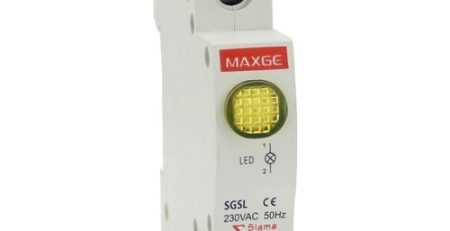
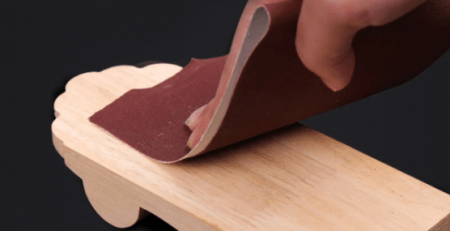
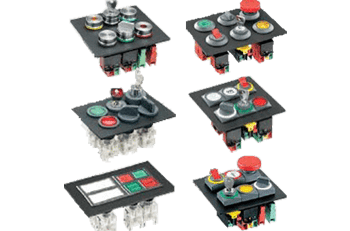
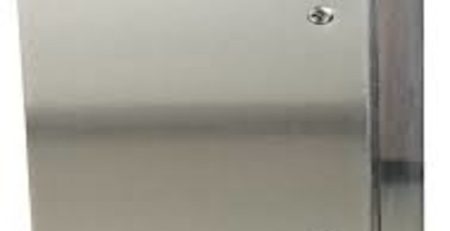


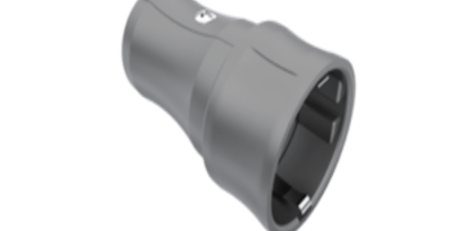
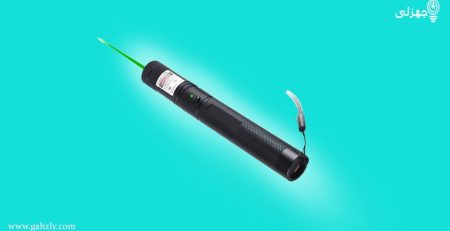
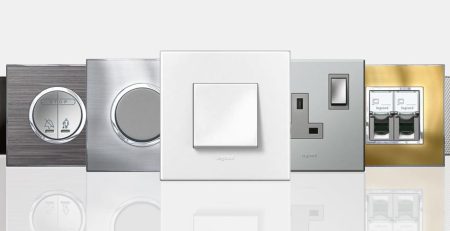
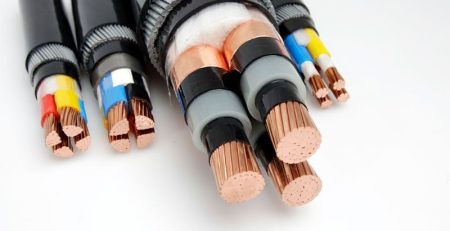



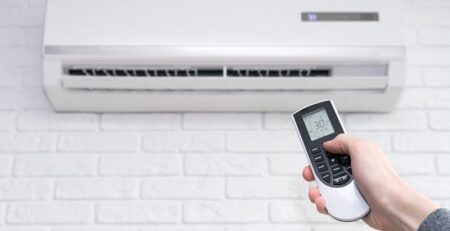
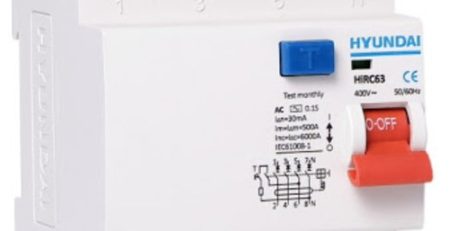
Leave a Reply
You must be logged in to post a comment.